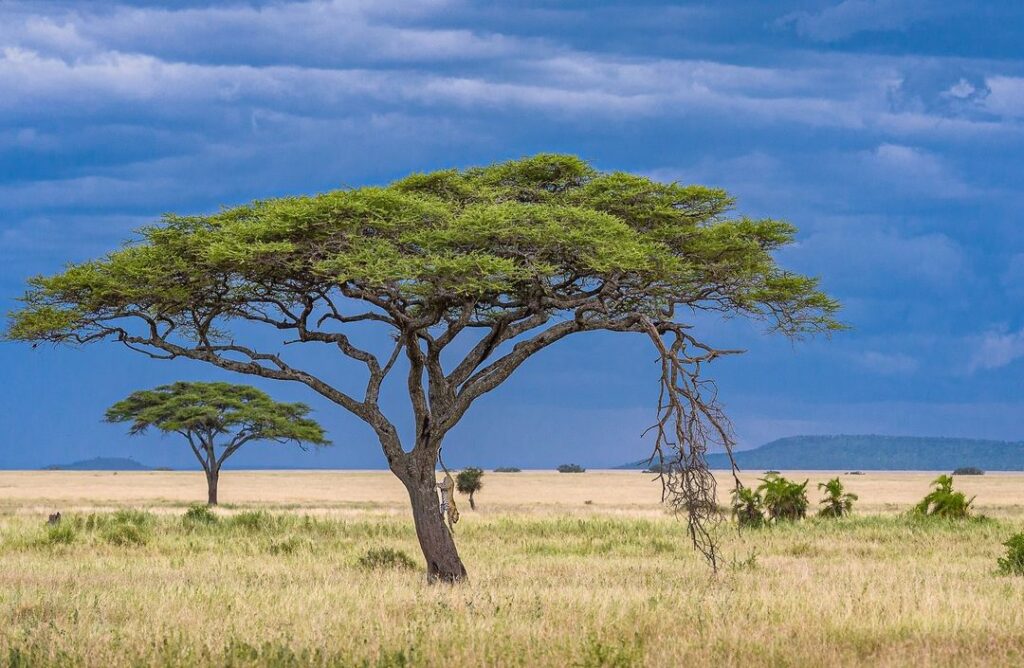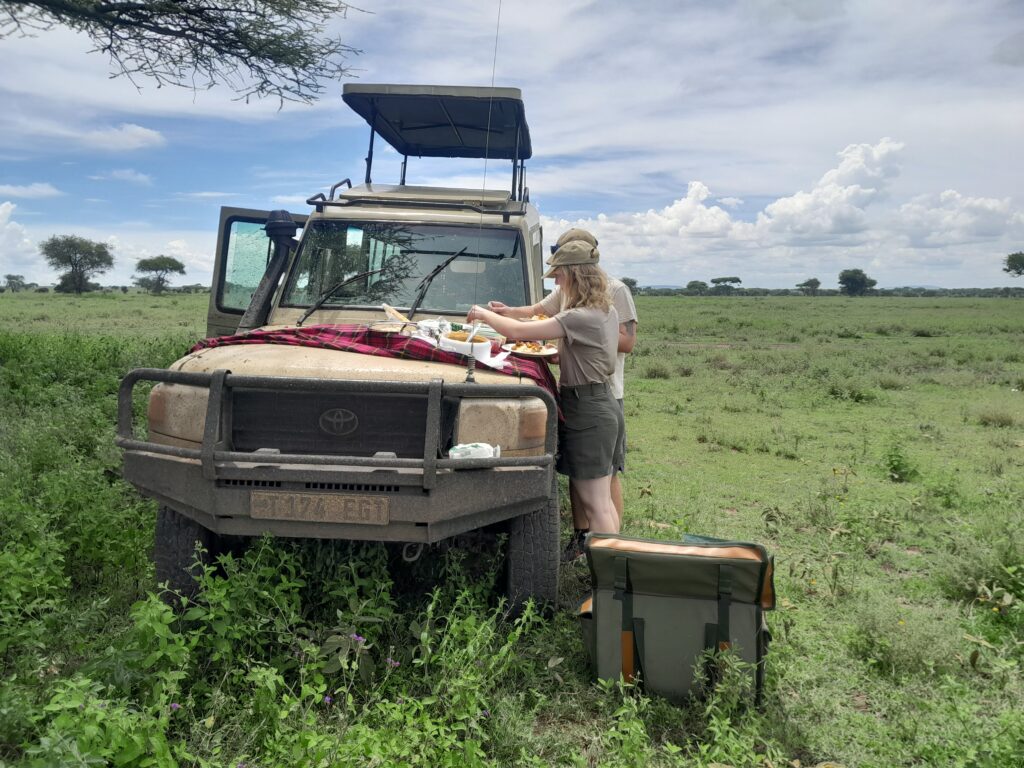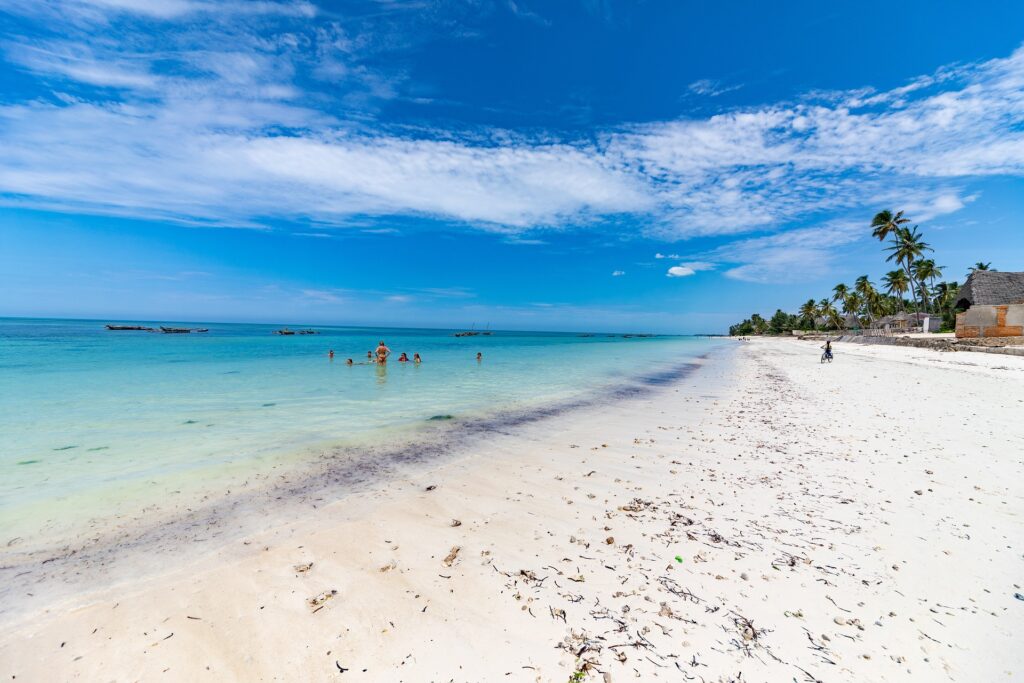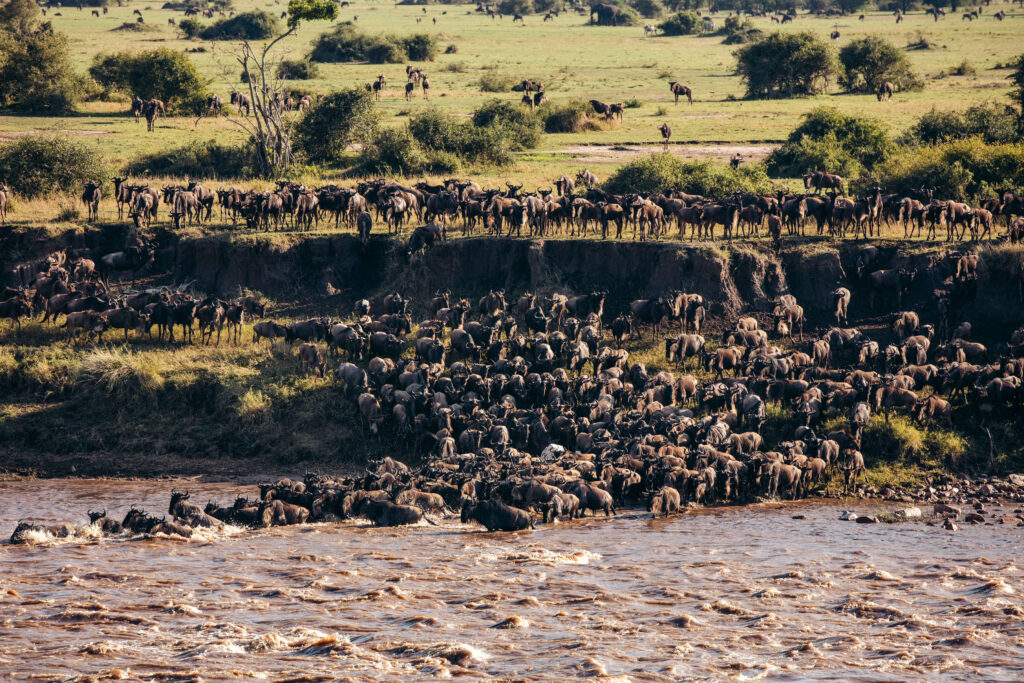Tanzania Safari: When to Go for the Best Experience

Introduction
If you’ve ever dreamed of watching lions prowl the savannah or seeing a herd of elephants crossing a river at sunset, a Tanzania safari is probably high on your bucket list. But here’s the big question: Tanzania safari when to go? Knowing the best time can make or break your adventure. In this friendly, easy-to-follow guide, we’ll walk you through the seasons, the wildlife, and the experiences you can expect throughout the year. So grab your virtual safari hat—we’re going on a planning adventure!
Table of Contents
| Sr# | Headings |
|---|---|
| 1 | Why Timing Matters for a Safari |
| 2 | Understanding Tanzania’s Climate |
| 3 | Dry Season: The Classic Safari Window |
| 4 | Wet Season: A Time of Renewal and Deals |
| 5 | Best Months for Wildlife Viewing |
| 6 | When to See the Great Wildebeest Migration |
| 7 | Best Time for Bird Watching |
| 8 | Ideal Months for a Family Safari |
| 9 | Best Time for Budget Travelers |
| 10 | When to Avoid: The Tough Safari Months |
| 11 | Northern Circuit vs. Southern Circuit Timing |
| 12 | Zanzibar Extension: When to Visit |
| 13 | Festival and Cultural Events Calendar |
| 14 | Month-by-Month Breakdown |
| 15 | Final Tips to Plan Your Safari Dates |
1. Why Timing Matters for a Safari
A safari isn’t just about booking a flight and hoping for the best. It’s a seasonal experience. Wildlife behavior, visibility, weather, and even prices change throughout the year. Planning the right time ensures you get to see the animals you want, in the landscapes you imagine.
Think of it like cooking—timing is everything. Too early, and the flavors (or sightings) haven’t developed. Too late, and it might all be over.
2. Understanding Tanzania’s Climate
Tanzania has a tropical climate with two main seasons:
Dry season (June to October)
Wet season (November to May)
Unlike temperate climates, Tanzania doesn’t have four seasons. Instead, weather revolves around rainfall and sunshine. Coastal areas like Zanzibar are more humid, while inland areas like Serengeti and Ngorongoro are drier.
3. Dry Season: The Classic Safari Window
Best Months: June to October
This is the prime safari season. Here’s why:
Wildlife gathers around waterholes, making animals easier to spot.
Grass is shorter, improving visibility.
Roads are dry and more accessible.
There are fewer mosquitoes—huge win!
Downside? It’s peak tourist time, so parks are busier, and prices are higher.

4. Wet Season: A Time of Renewal and Deals
Best Months: November to May (excluding March and April)
Also called the Green Season, this time has its own magic:
Lush, vibrant landscapes perfect for photography.
Newborn animals, especially during calving season in February.
Fewer tourists, so you get a more intimate experience.
Lower prices on lodges and tours.
Downside? Heavy rains in March and April can make some roads tricky, and wildlife may be harder to see due to thick vegetation.
5. Best Months for Wildlife Viewing
If your main goal is spotting the Big Five—lion, elephant, buffalo, rhino, and leopard—then aim for:
June to October: Dry season means animals cluster near water.
January to February: Calving season in southern Serengeti.
Want something epic? Plan for the Great Migration (more below).
6. When to See the Great Wildebeest Migration
Nature’s Greatest Show is on a loop. Here’s a rough breakdown:
December to March: Calving season in Ndutu (southern Serengeti)
April to May: Migration begins moving north, rain makes roads challenging
June to July: Grumeti River crossing (Western Corridor)
August to October: Mara River crossing in Northern Serengeti—dramatic and thrilling!
November: Herds return south
Plan based on what part of the migration you want to see. For dramatic river crossings, aim for July to October.
.

7. Best Time for Bird Watching
If you’re a bird lover, Tanzania won’t disappoint. The best bird-watching period is during the wet season, especially:
November to April: Migratory birds from Europe and Asia arrive.
Ngorongoro Crater, Lake Manyara, and Tarangire are hotspots.
Feathers, songs, and courtship displays—nature’s orchestra at its best.
8. Ideal Months for a Family Safari
Traveling with kids? Go during the dry season (June to October). It’s safer (fewer bugs), easier (better roads), and packed with action.
Some family-friendly lodges even offer child-focused activities, like bush survival skills, storytelling, and cultural visits.
.
9. Best Time for Budget Travelers
March, April, May, and November are gold for bargain hunters.
You’ll find:
Lower park fees
Discounted lodges
Fewer crowds
Yes, it might rain—but with proper gear and a flexible mindset, it’s totally doable.
10. When to Avoid: The Tough Safari Months
March and April are the rainiest months. Roads get muddy, and some camps close for maintenance.
Unless you’re a seasoned traveler or keen on off-the-beaten-path experiences, it’s wise to avoid these months.
11. Northern Circuit vs. Southern Circuit Timing
Northern Circuit (Serengeti, Ngorongoro, Tarangire, Lake Manyara):
Best: June to October, and December to March
Year-round game viewing
Southern Circuit (Selous, Ruaha, Mikumi):
Best: June to November
Wet season limits access due to fewer all-weather roads
If you’re chasing exclusivity and adventure, the southern parks are fantastic, but trickier in the wet months.

12. Zanzibar Extension: When to Visit
Many travelers combine their safari with a beach break in Zanzibar. Here’s the best timing:
Dry Season (June to October): Ideal for sun and sea
December to February: Warm and sunny
Avoid March to May, when heavy rains dampen the beach vibes.
13. Festival and Cultural Events Calendar
Want a little rhythm with your safari?
Sauti za Busara (February) – Zanzibar’s music festival
Karibu/Kilifair (June) – Arusha tourism expo
Eid Celebrations – Moveable but vibrant in Zanzibar
Time your visit to enjoy both wildlife and local culture.
14. Month-by-Month Breakdown
January: Calving begins; great for baby animals
February: Peak calving season; birds are abundant
March: Start of long rains—lush but tricky travel
April: Very wet; some camps closed
May: Still wet, but discounts begin
June: Dry season starts; migration moves north
July: Excellent visibility, Grumeti crossing
August: Peak safari season, Mara crossing
September: Wildlife still concentrated, warm weather
October: Dry, with chances of early rain
November: Short rains begin; migratory birds arrive
December: Green landscapes; migration returns south

15. Final Tips to Plan Your Safari Dates
Book early if you’re traveling during peak months.
Check migration updates—it’s a natural event, not a calendar.
Layer your clothing—mornings can be chilly even in the dry season.
Stay flexible—Mother Nature likes surprises.
Remember, there’s no “bad” time—just different kinds of beauty.
Conclusion
So, when is the best time for a Tanzania safari? Well, it depends on what you want to see, your budget, and your travel style. Whether you’re chasing thundering herds during the Great Migration or looking for a peaceful, green escape with baby animals and birds, Tanzania has something for everyone.
The secret? Pick the time that matches your dream, and Tanzania will do the rest. Ready to start packing?


